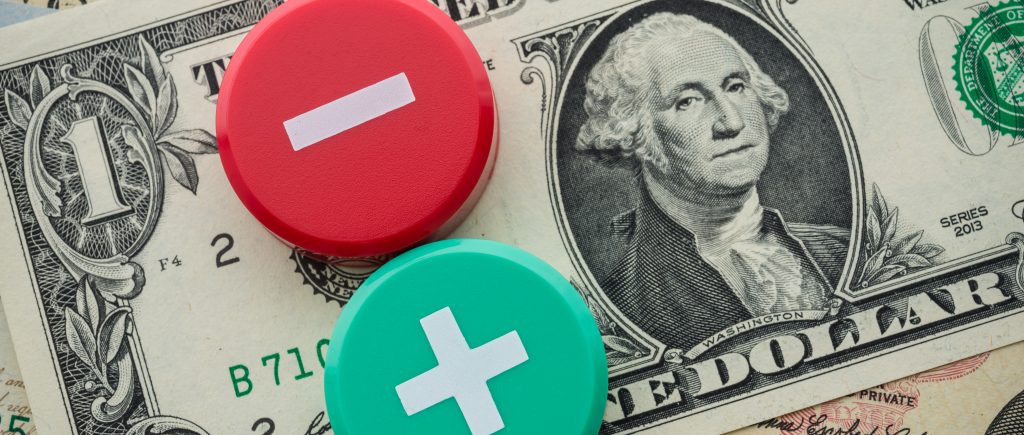The U.S. dollar strengthened on Monday against traditional safe-haven currencies as weekend trade discussions between Washington and Beijing helped soothe global market nerves. Investors were also buoyed by signs of easing geopolitical tensions, while eyes now turn to key U.S. economic data this week for further direction.
Trade Progress Lifts Greenback
Following high-level talks in Geneva, U.S. Treasury Secretary Scott Bessent and Trade Representative Jamieson Greer announced that a preliminary agreement had been reached with China aimed at reducing the U.S. trade deficit. Although few details were released, a joint statement is expected on Monday, raising hopes that the protracted U.S.-China trade conflict may finally be nearing de-escalation.
The news helped lift the dollar across the board, with the greenback rising 0.4% to 145.93 yen and 0.5% to 0.8337 Swiss francs, two currencies often favored in times of global uncertainty.
The U.S. Dollar Index held near a one-month high, though still down 3.6% from its levels prior to the April 2 announcement of President Donald Trump’s “Liberation Day” global tariffs.
The prospect of a U.S.-China trade breakthrough also helped boost confidence in risk-sensitive assets, with the New Zealand dollar up 0.3% to $0.5927 and the Australian dollar advancing 0.3% to $0.6432.
China’s offshore yuan gained 0.2% to 7.224 per dollar, supported by the optimistic tone from both sides.
Focus Turns to Inflation and Consumer Spending
This week’s economic calendar is expected to test the durability of the dollar’s rally. Tuesday brings the release of the U.S. Consumer Price Index (CPI) for April, a key gauge for Federal Reserve policymakers as they assess the future of interest rates amid a complex inflationary backdrop.
Also on the radar is Thursday’s retail sales data, which will provide insight into the strength of U.S. consumer spending — a critical component of the broader economic recovery narrative.
Markets have significantly dialed back expectations for imminent rate cuts, following cautious signals from Fed Chair Jerome Powell last week. Investors now expect the central bank to stay in a holding pattern, awaiting further clarity on inflation trends and the economic fallout from recent trade disruptions.
Geopolitical Tensions Cool
The dollar’s gains also came amid a broader easing in global geopolitical tensions. India and Pakistan declared a ceasefire over the weekend following four days of military exchanges, while Ukrainian President Volodymyr Zelenskiy announced plans to meet with Russian President Vladimir Putin in Turkey on Thursday — their first direct meeting since the early days of Russia’s 2022 invasion.
Such developments have eased fears of a wider market fallout and encouraged a shift back into dollar-denominated assets.
Euro and Sterling Struggle
The euro weakened 0.2% to $1.1228, while sterling slipped 0.3% to $1.3288, as traders positioned themselves cautiously ahead of this week’s U.S. macroeconomic releases. The euro continues to face headwinds from lackluster regional growth and inflation concerns, while the British pound has been weighed down by the modest scope of the recently signed U.S.-U.K. trade framework deal.
Outlook
While the dollar’s near-term momentum remains supported by easing trade tensions and reduced geopolitical risk, its trajectory this week will likely hinge on the CPI and retail sales data. A stronger-than-expected inflation reading could further diminish the likelihood of Fed rate cuts this summer, potentially adding more fuel to the dollar’s recovery.
 Noor Trends News, Technical Analysis, Educational Tools and Recommendations
Noor Trends News, Technical Analysis, Educational Tools and Recommendations





